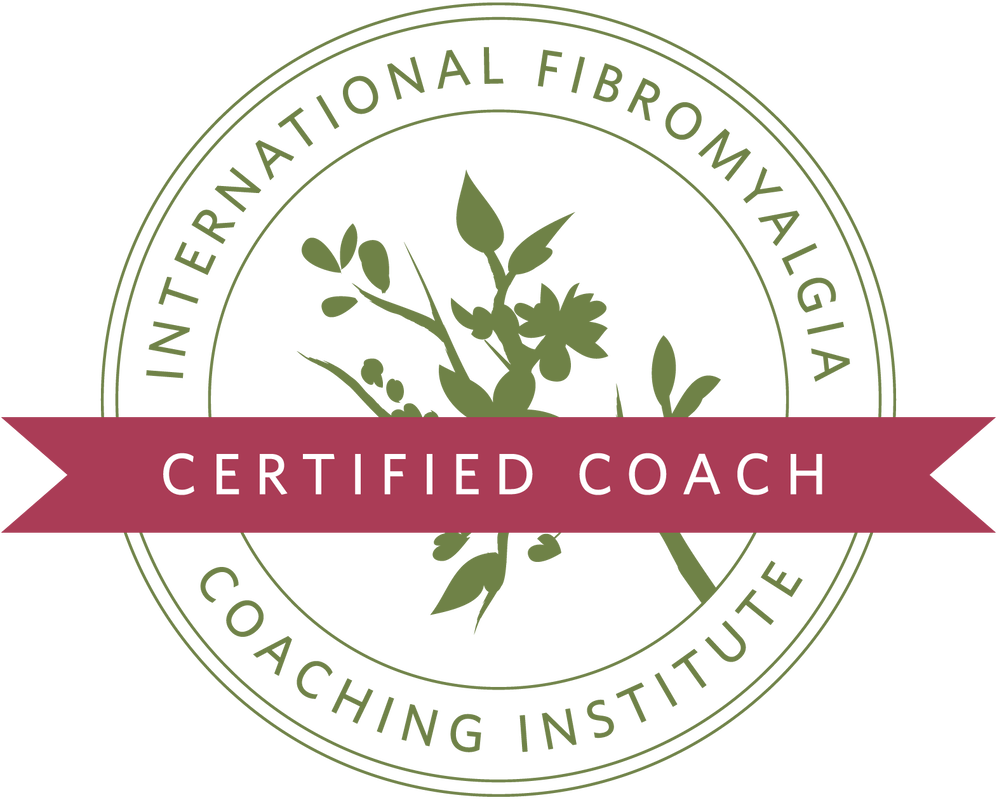|
Have you seen the documentary Lady Gaga: Five Foot Two yet on Netflix? If you haven’t I won’t share anything spoiler related, but I will let you know this: the word FIBROMYALGIA is nowhere mentioned in the entire production. Regardless, I highly recommend you watch this film as a fibro warrior, as someone who loves someone with fibro, or just someone who is curious about what it is like to live with chronic pain. As quoted in the article I linked to the title of the documentary, “... her aunt, [was] an aspiring artist who died of lupus at age 19 in 1974. ‘Seeing what that did to [my father] and my family was the most powerful thing I experienced growing up,’ Gaga tells the journalist Darryl Pinckney in the film. ‘I am Joanne. I am my father’s daughter. That is what this record is about.’” As many of us know, a diagnosis of fibromyalgia is more likely if there is a hereditary link and some have said that, even though fibromyalgia is not characterized as an autoimmune disorder, that having relatives with lupus, rheumatoid arthritis, and others can increase your chances of being diagnosed with fibromyalgia. Some people are upset with the documentary because they feel that fibromyalgia is misrepresented since Lady Gaga is able to do a lot more physical activity than many of us with the diagnosis. However, it is evident in the film that Gaga suffers from chronic pain terribly as she documents a doctor’s appointment, listing the medications she’s taking, and alternative treatments that she uses to help with the pain. Gaga is still human, though, as she has had to cancel tour dates due to being hospitalized from her pain. One of the reasons I have heard that fibromyalgia was not talked about in the film is because she was not yet diagnosed with the disorder. Back to Lady Gaga’s physical activity level, it’s important to note that there are others like her that are able to keep their physical activity level high while keeping the symptoms of their fibromyalgia low or almost non-existent. After watching the documentary, my take on it is that part of the reason she keeps up with the high activity level is two fold. Firstly, it’s what her fans expect of her. She has created a public persona that includes wacky outfits and extreme dance moves. This is not pointing fingers or blaming but she gets her income from her music and performances so she needs to keep that up until she can’t do it anymore. Secondly, with the resources she does have, she is able to be treated for the pain caused by this activity. Depending on how her body continues to react to this activity while determine how long she will be able to put on the performances she has in the past. I was impressed with the documentary on many levels. She shared how hard she works, how important her family, friends, and co-workers are to her, and how much pain she deals with on a daily basis. The documentary was done well. While it’s part of who she is, I think the “f-bomb” was dropped too many times and some may be offended. Others may be offended by the fact that she takes her bikini top off during a part of the filming. There are little nitpicky things that anyone could find to state how the movie is offensive. However, I learned so much about who Lady Gaga is as a person and what her “real” life looks like. While I expected to hear about fibromyalgia on the documentary and didn’t, I was initially disappointed. However, she made it abundantly clear that chronic pain affects her daily. Having a family history of autoimmune disorders and a current diagnosis of fibromyalgia, I think a lot of the pain she’s dealt with is because she was “Born This Way.” (Get it? Ha!) I recommend this for anyone. Period. If you are interested in chatting more about the documentary, or anything else fibromyalgia related, reach out to me. I have so much more to say on the film but I didn’t want to make this too long. I think those of us living with chronic pain can identify with a lot of the pain and emotions Lady Gaga deals with. I’m looking forward to hearing what YOU have to say about the film.
0 Comments
What a dreaded name for a blog entry, right? But, how many of you fibro warriors have this on your mind regularly? My guess is that it’s most of you. It’s rare that I encounter someone struggling with Fibromyalgia, or Chronic Fatigue Syndrome for that matter, that hasn’t struggled with weight due to various factors including: medication, difficulty with exercise, poor sleep, the list goes on. So, instead of blaming yourself for the weight gain, here’s some ways to understand why the weight gain is happening. M G Rana, M.D. has written an article entitled Fibromyalgia and Weight Gain because “a specifically depressing problem about fibromyalgia is gaining weight, even if we eat less we continue to gain weight and due to pain it’s very painful to exercise.” Dr. Rana lists several reasons for the weight gain:
It is estimated that fibro patients in their first year of diagnosis gain have an average weight gain of 32 pounds in the first year. That’s a pretty significant number but it’s not necessarily because of what you have or haven’t done. Dr. Rana give a list of things we CAN do to help abate the gain and possibly help us lose weight. Some suggestions include:
Dr. Rana has some excellent explanations as to why we gain weight so easily as well as suggestions in how to address this weight gain. Please take the time to read the article to help you on your way to feeling better. If you need help, I have helped many clients make dietary changes and I’d be happy to help you. Schedule a free consultation today! Nearly a year ago, I was informed about an exercise program developed by a fellow Fibro Warrior. Naturally, I was skeptical, as exercise has never given me that feeling that many people get after exercising. You know the one, where you almost have a natural high? Nope, never happened to me, even in high school when I was on sports teams. PLUS, hello, I HAVE FIBRO. EXERCISE HURTS. Right??? So, someone told me about Megan Densmore’s program Zero to Hero. I, of course, was skeptical considering my past with exercise, even when I wasn’t living with chronic pain. However, Megan was offering a deal for a certain period of time that made the thought to try worth the cost. It cost less than a gym membership and it was a one shot deal. Once you pay, you have the exercises and admittance to a private Facebook page, as well as open contact with Megan essentially forever. Megan’s program “helps you gain the knowledge of how your joints and muscles work and respond to movement in general so that you complete the program better able to apply your knowledge throughout your life. This might mean easing back into whatever you loved to do for exercise prior to your diagnosis but this time with a better idea of how to warm-up and of the signals your body gives you in advance of over doing it.” Here’s a little bit of my experience, and I’ve always been this way with exercise. I started off pretty excited and gung-ho about a program designed specifically for people with chronic pain that was designed by someone who lives with fibromyalgia. I did well for a couple of months, starting noticing changes in my body (not necessarily much weight loss) but significant muscle gain. My clothes fit differently and I needed smaller ones. And then I slowly dropped days of exercise due to excuses of my own until I stopped completely. I’ve gone off and on the program since then and am working hard to get myself back on the program fulltime. For those of you worried about joint issues, or back pain, or the like, Megan is happy to show you accommodations to make to the exercises she worked so hard to put together. Despite my own journey of falling on and off the wagon, I would highly recommend joining. The exercises are not difficult (they are primarily Pilates based) and start off slow. Megan is happy to respond to you via email or on the private Facebook page and responds quickly. She is eager to support you and show you that there ARE ways to exercise without exacerbating your chronic pain condition. So, get yourself going and turn yourself from “Zero” to “Hero.” If you have anymore questions, please feel free to contact me and ask. I’m sure Megan would be available for questions as well. Finally, a program designed for people like us, let’s follow it and get on the path to feeling better. A new study published in the Journal of Pain states that if you connect well with your doctor, it is more likely that your pain will decrease. The authors of the study paired participants with doctors that shared similar core beliefs and values. With these pairs, they performed a “pain-induction procedure” which simulated a painful medical procedure such as a shot. The patients that felt connected to their doctors reported that they felt less pain than with other doctors with which they didn’t have a connection. It was noted that those with higher anxiety levels also had greater reductions in pain. These are important findings. On a personal level, I have a doctor that I trust completely and feel comfortable as her patient. We connect not just on our similar core beliefs and values, but also religion. She has Fibromyalgia as well. We have since become close friends. A friendship probably isn’t as likely to develop for most patients; however, knowing that we share beliefs on ideas that are important to me help me relax during appointments and have less anxiety knowing that she knows what I am going through. Finding the right doctor is hard. I went through many before I was introduced to this one. If you have friends or family members that are struggling with the same health issues that you are, and have similar core beliefs and values, they would be a great place to start. As a Certified Fibromyalgia Advisor, I am grateful to be connected to a network of coaches and advisors as well as some medical professionals so that I can help clients find the right doctor that works for them. If you are interested in getting some help finding the “perfect” doctor for you, you can send me a message on this website or reach me here. I’m looking forward to hearing from you! =) |
AuthorI’m Kate Straus and I’m a Certified Fibromyalgia Advisor. I help Jewish women feel confident in their ability to practice their faith while navigating the ups and downs of fibromyalgia. I’m using the disease that at one time knocked me down, to help support others live life to their fullest. Archives
January 2021
Categories |
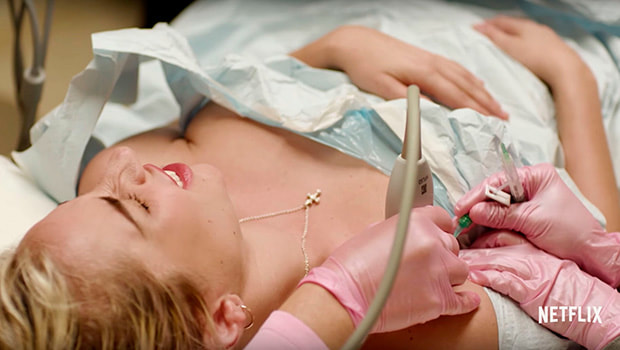
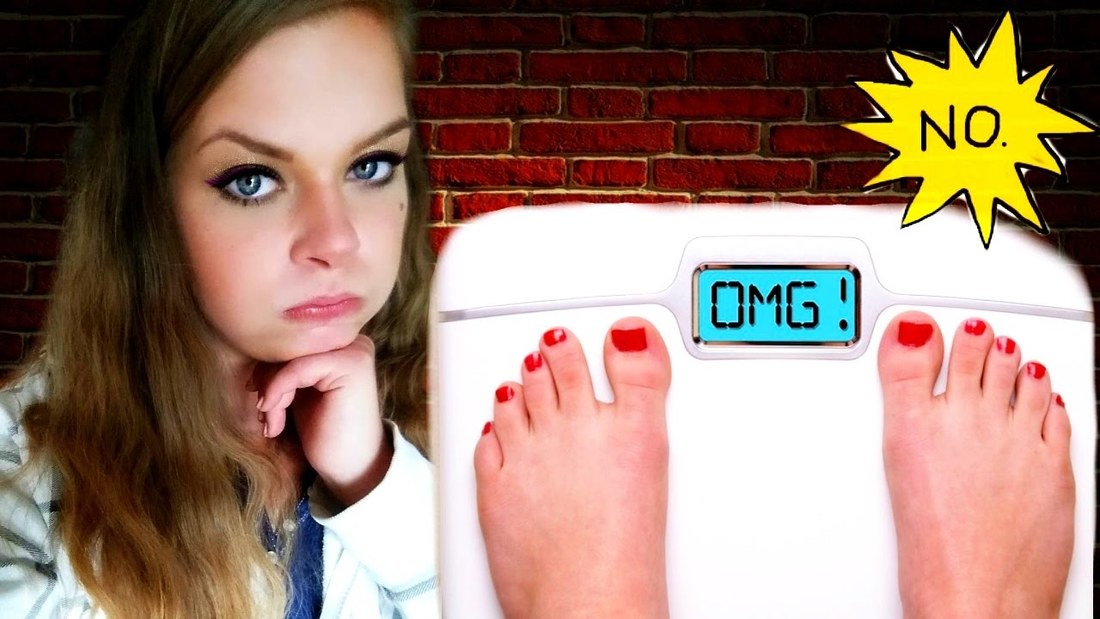
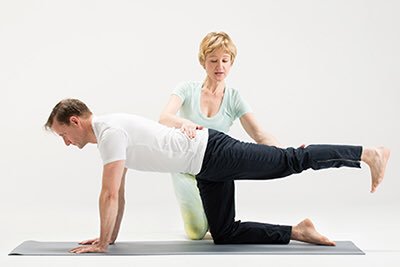
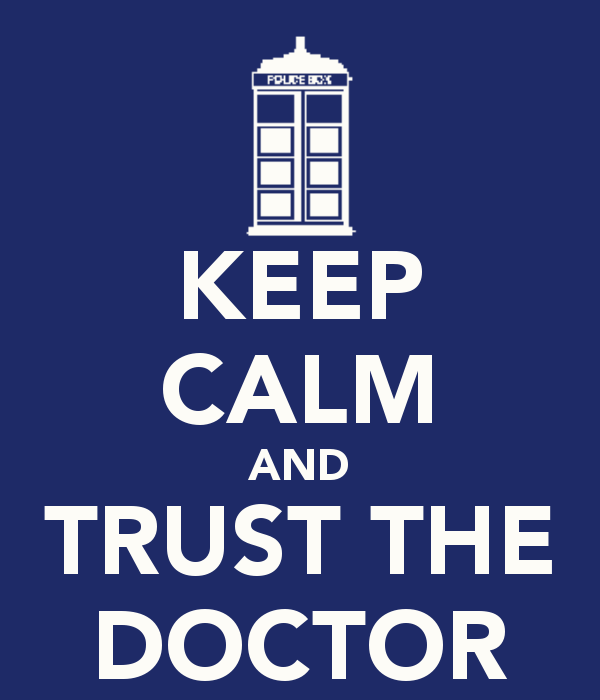
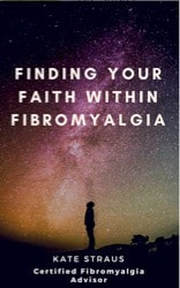
 RSS Feed
RSS Feed

